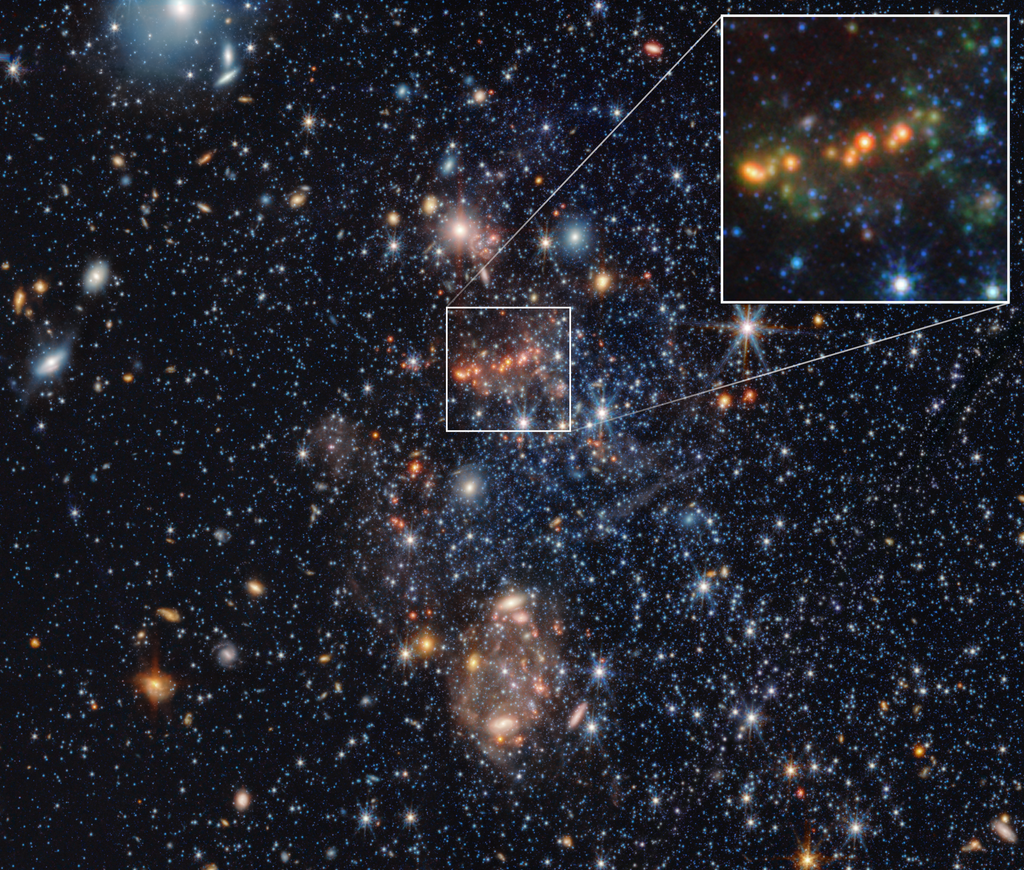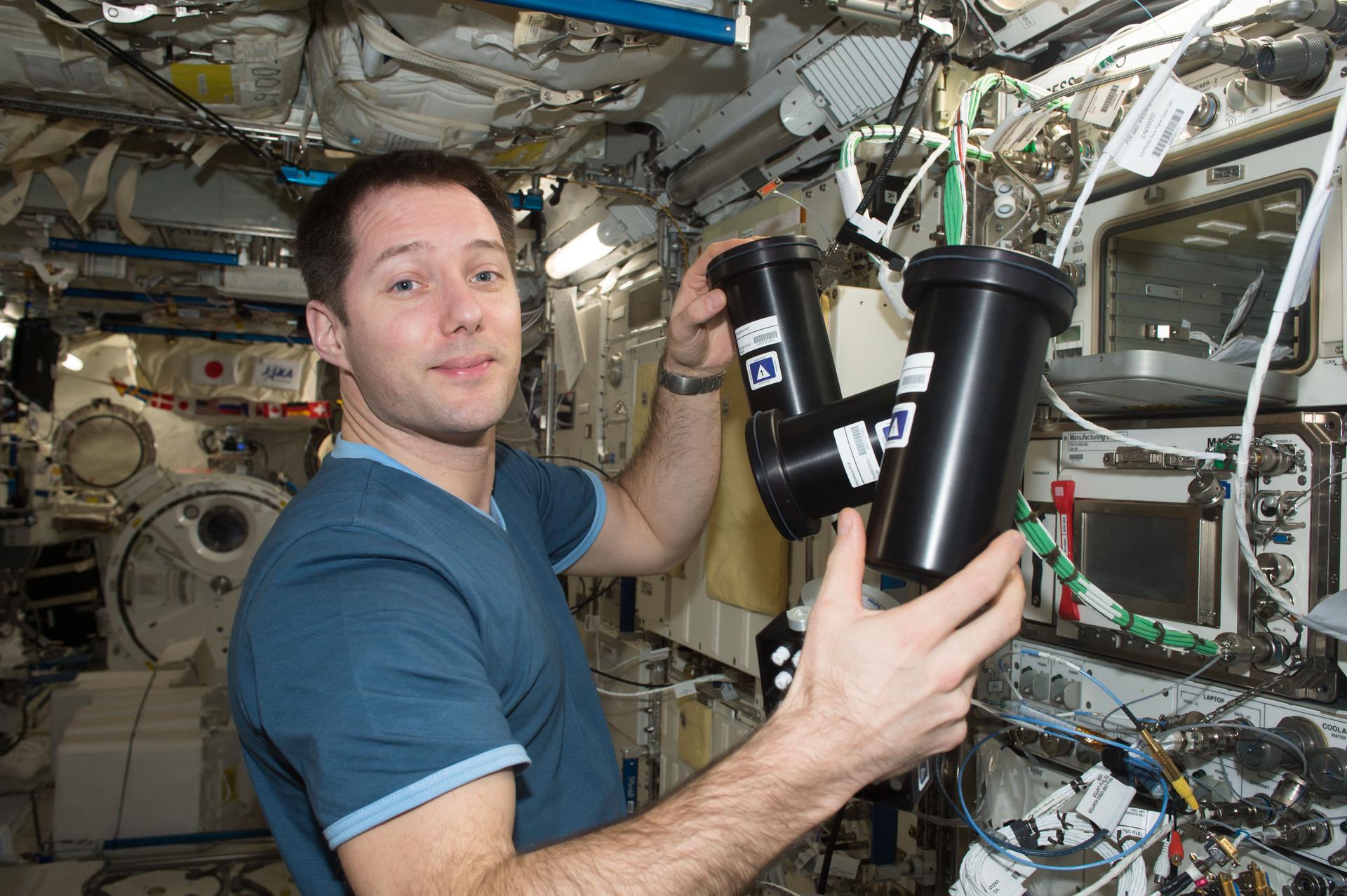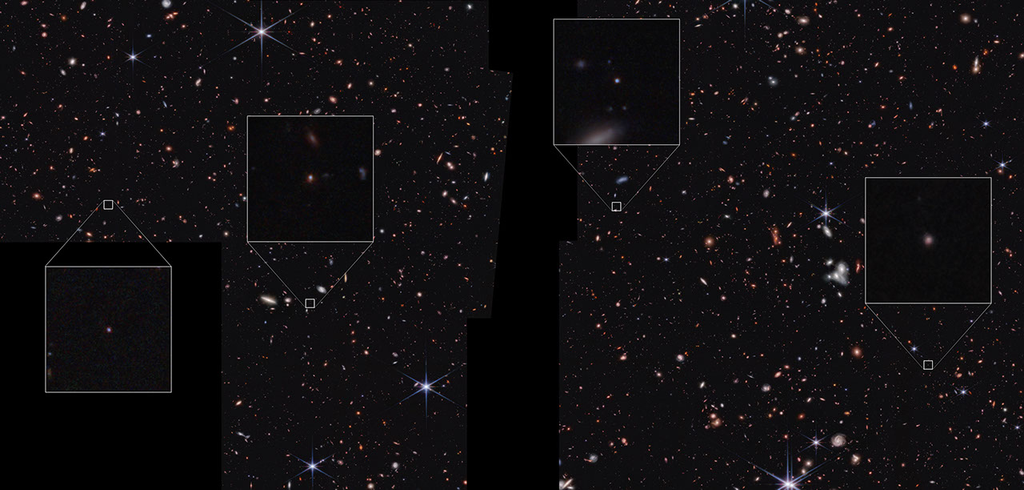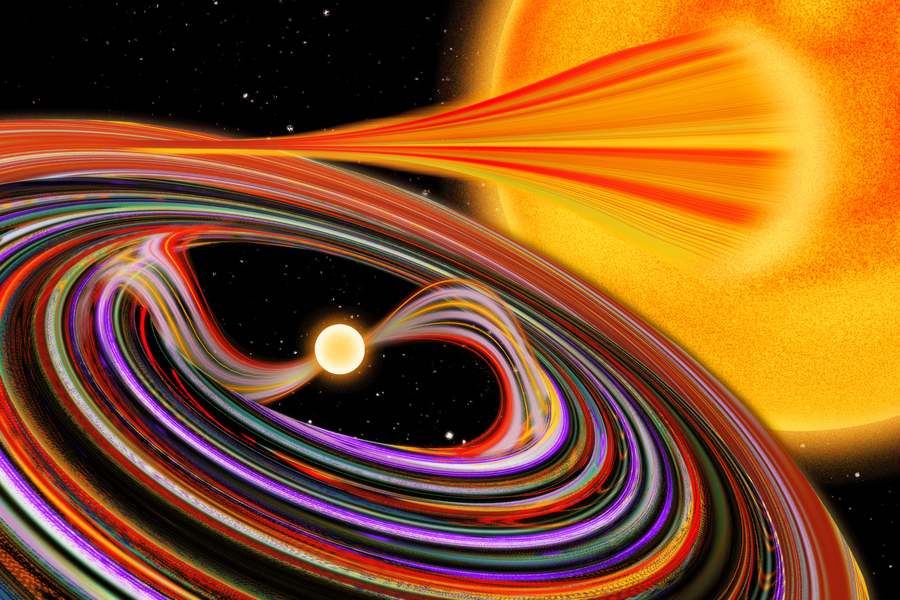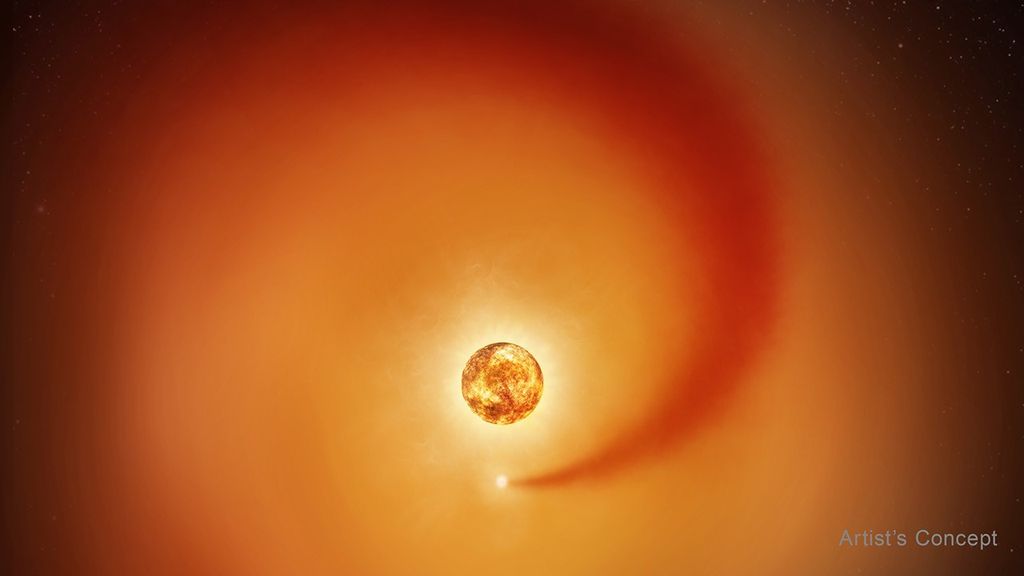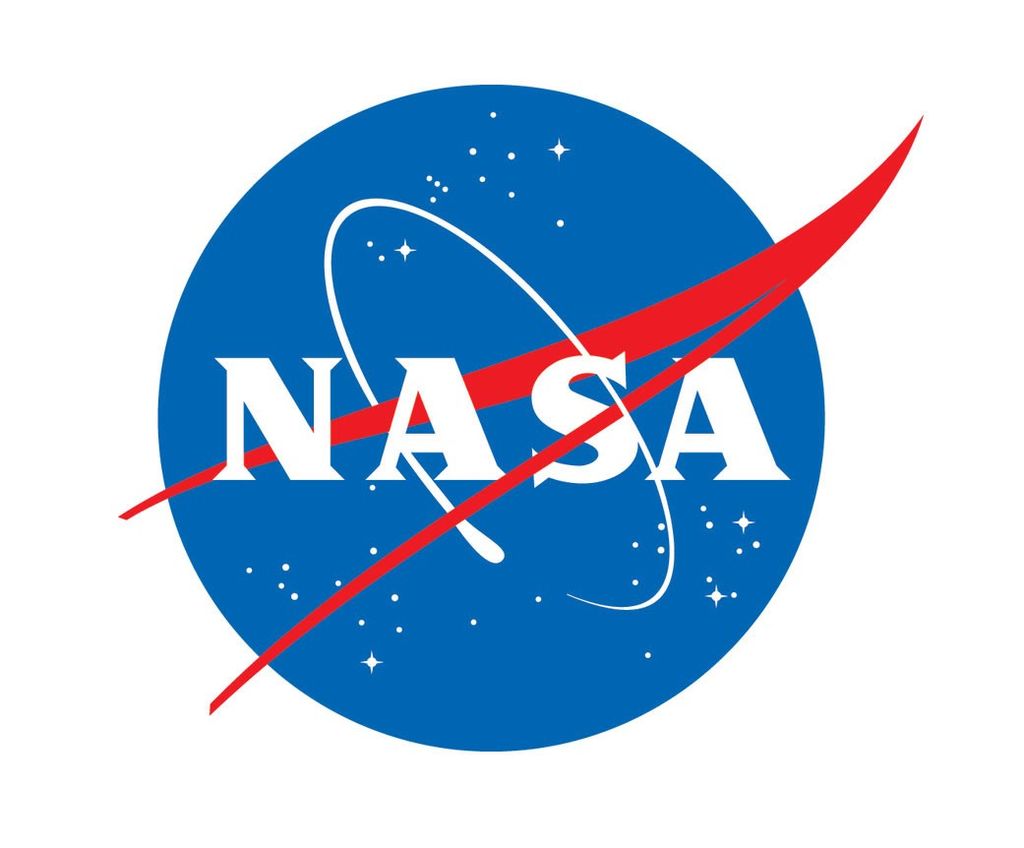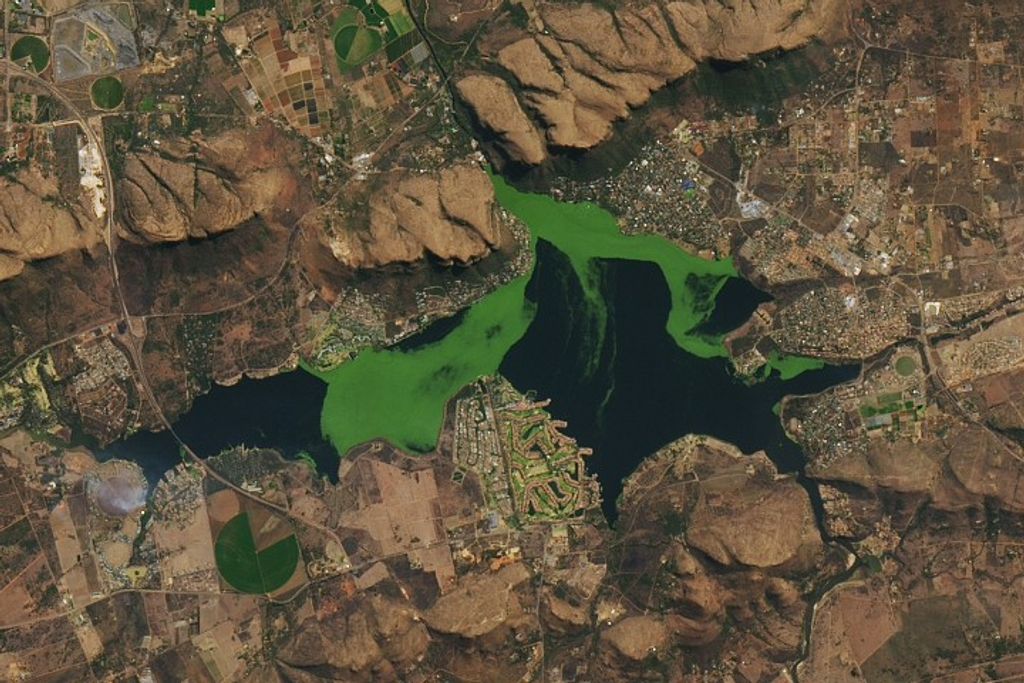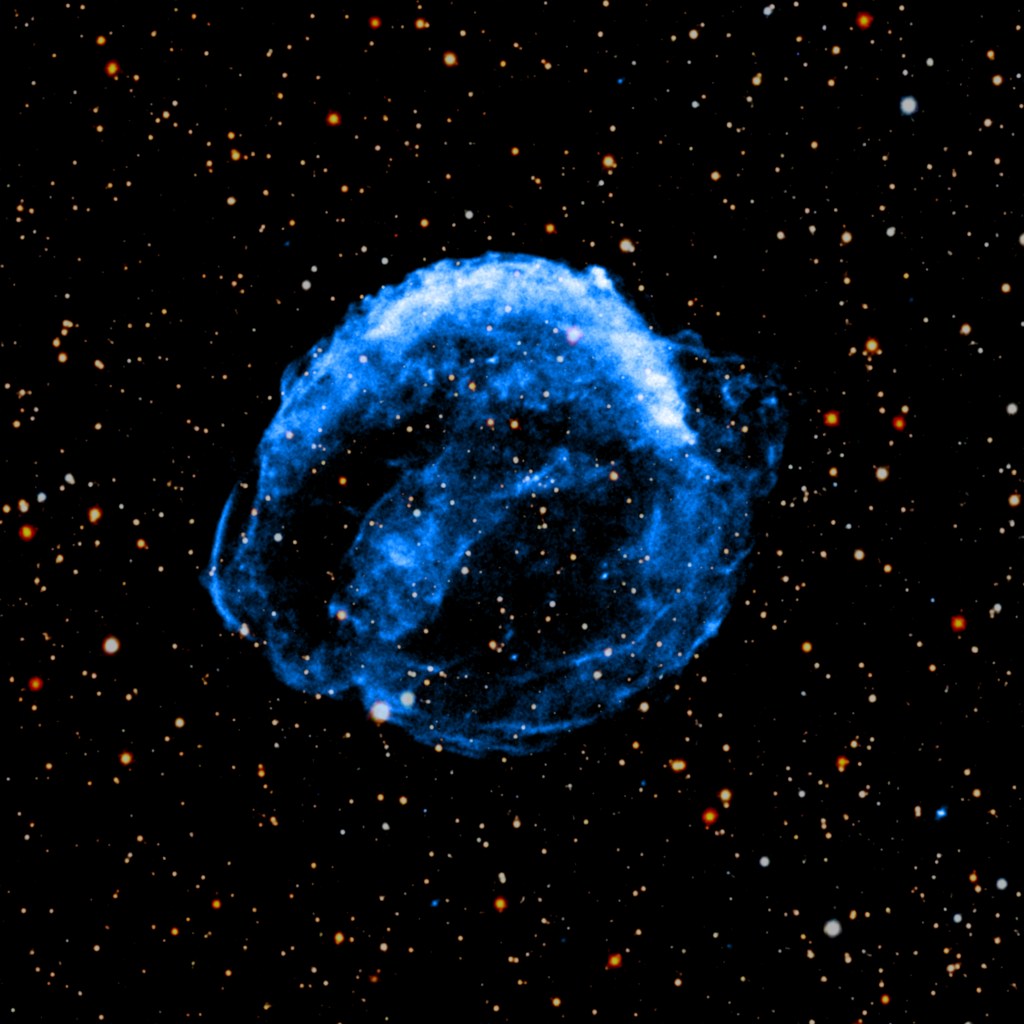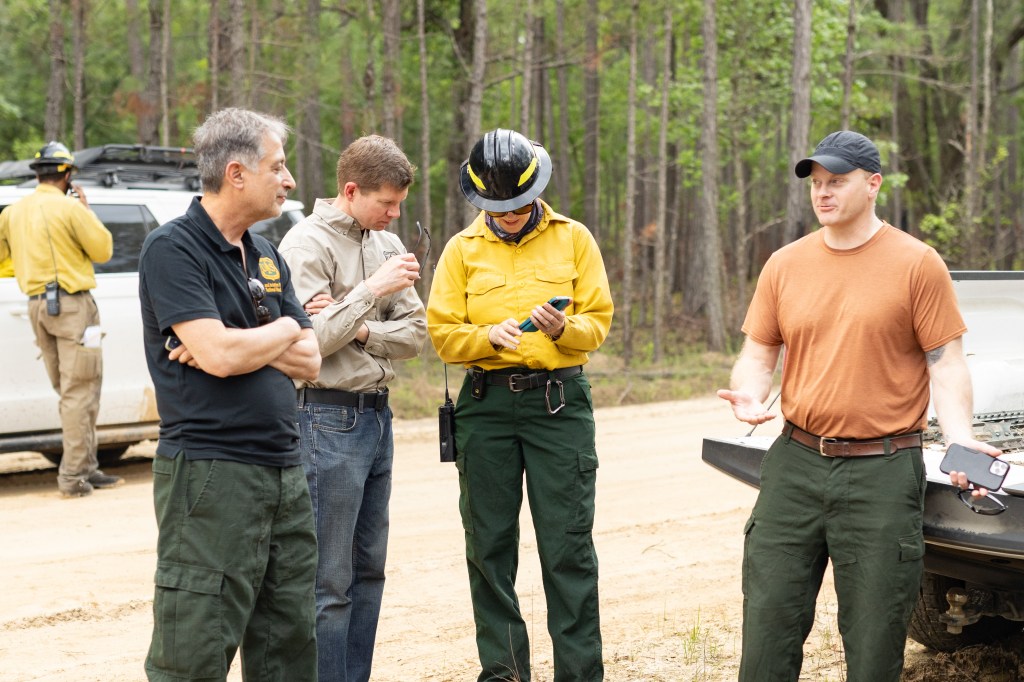How NASA’s Webb Telescope Supports Our Search for Life Beyond Earth
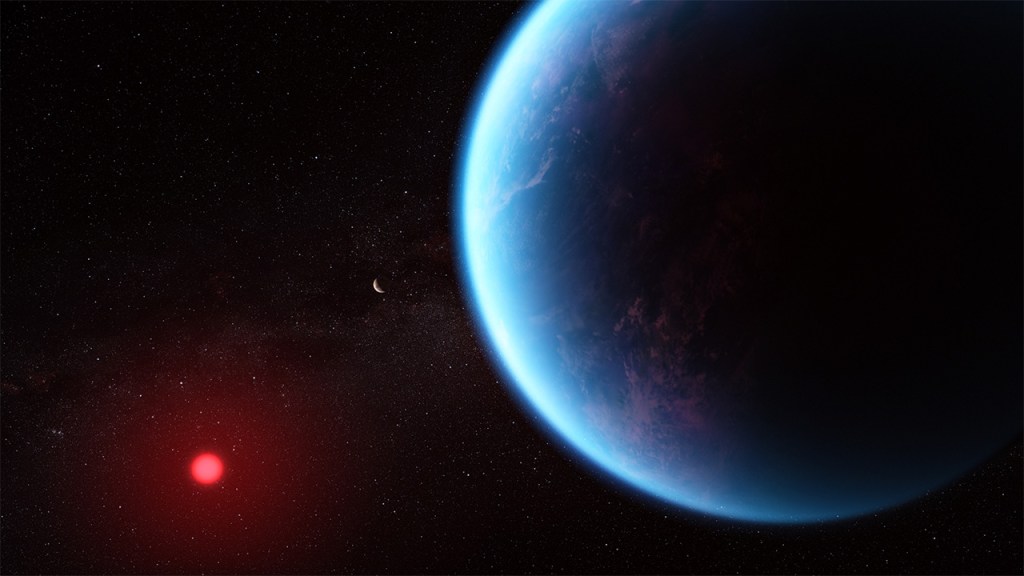
This artist’s concept shows what exoplanet K2-18 b could look like based on science data. K2-18 b, an exoplanet 8.6 times as massive as Earth, orbits the cool dwarf star K2-18 in the habitable zone and lies 120 light-years from Earth. Illustration: NASA, CSA, ESA, J. Olmsted (STScI), Science: N. Madhusudhan (Cambridge University)
NASA’s James Webb Space Telescope is paving the way for a new era in the search for life, but context is key. To determine the presence of life from an atmosphere alone, we also need to know about the planet’s surface, interior, and environment.
With its unprecedented infrared sensitivity and resolution, Webb observes small, rocky, potentially habitable planets outside our solar system in more detail than ever before. It can detect whether these planets have atmospheres and, critically, begin to study the chemical composition of those atmospheres, offering clues about habitability and potential biosignatures, such as gases that may have been produced by life. However, finding biosignatures is challenging for Webb – this requires potentially hundreds of hours of observing time for a single planet. Even then, results may not be conclusive due to evolution of the star and planet atmosphere over time. The planets Webb can search also orbit relatively inhospitable stars.
Finding life elsewhere in the universe also is a process, and detection of a single potential biosignature would not constitute discovery of life. We would need follow-up studies and multiple converging lines of evidence to confirm true biosignatures and rule out false positives, possibly including independent data from multiple missions and extensive atmospheric modeling.
If observations are made which suggest a potential biosignature gas, one of the most important implications is the need for follow-up studies. Models can be developed for both biological and nonbiological explanations. From these, predictions are made, which can then be tested with further observations. If life is ruled out, these negative results are also extremely important for the progress of astrobiology, as they help us avoid false positives and improve our future searches for biosignatures on similar worlds.
While not designed to search for life on other planets, Webb’s performance has made it the first observatory capable of characterizing the atmospheres of some of the most promising small planets orbiting cooler stars. These early observations are laying the scientific and technical foundation for future missions, such as NASA’s planned Habitable Worlds Observatory, which will specifically target Earth-like planets around Sun-like stars when it launches.
One new frontier of Webb’s science is the study of Hycean planets – a theoretical class of potentially habitable worlds that are larger than Earth, with relatively thin hydrogen-rich atmospheres and substantial liquid water oceans. Webb is enabling researchers to investigate whether K2-18 b could be one such planet, using rich spectral data to refine our understanding. The concept of a Hycean planet is very new, and the environmental context for any potential biosignatures is still being explored. As this field rapidly evolves, Webb’s observations of Hycean worlds will continue to drive discovery and inform the next generation of scientific exploration.

